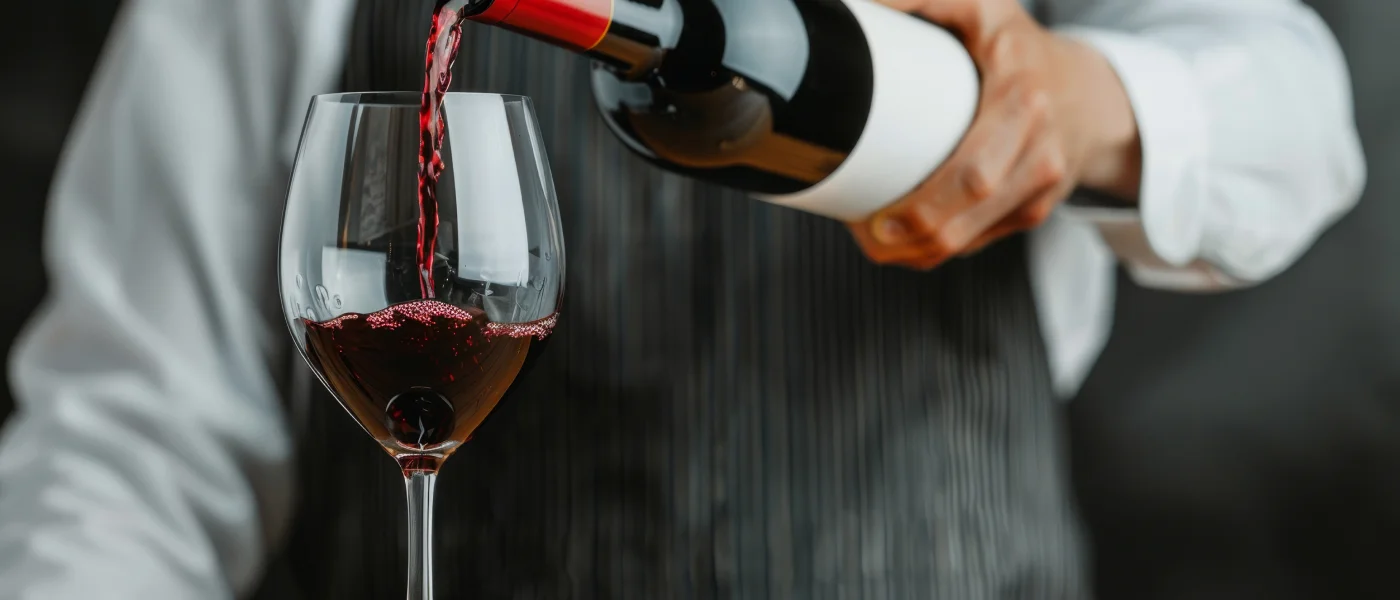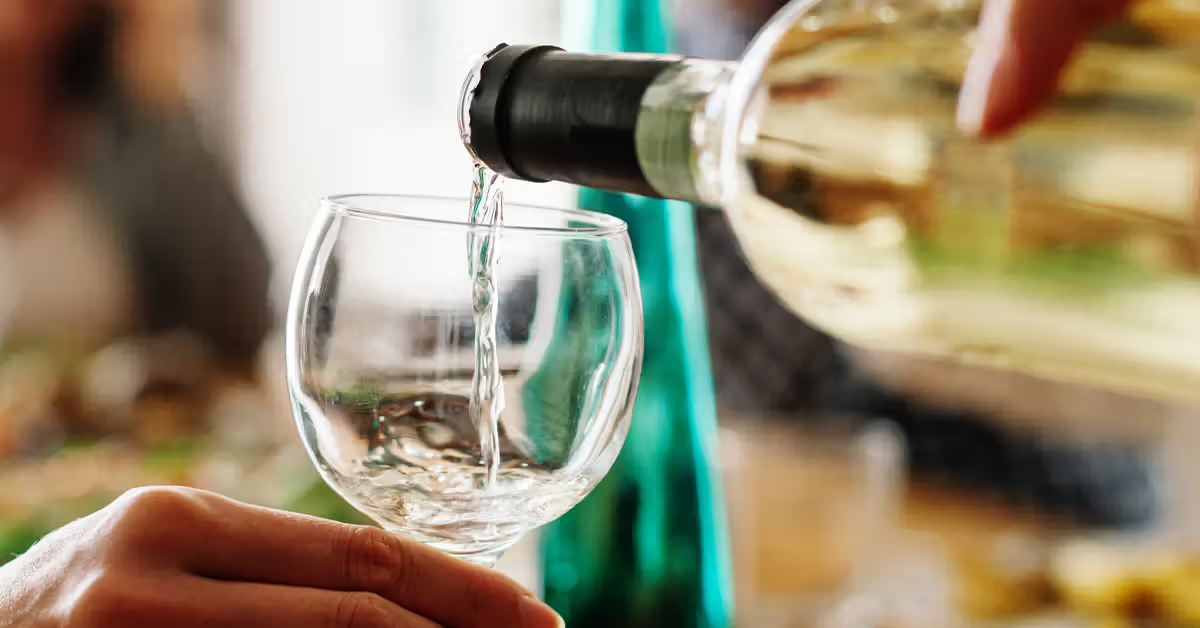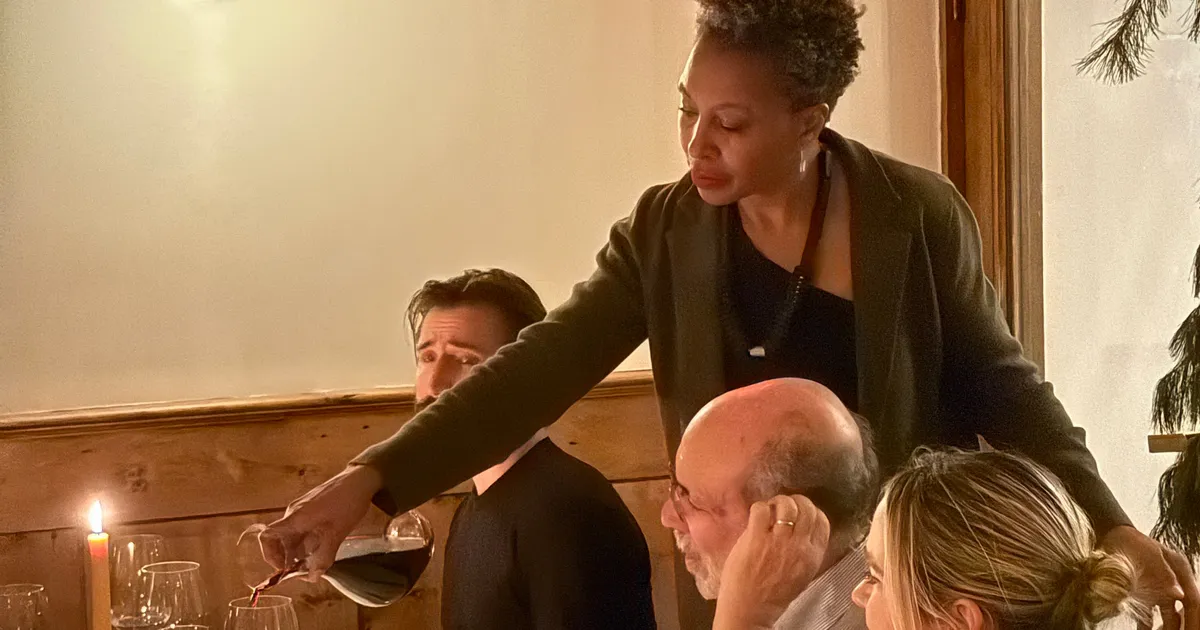Wine, like all fruits, has a limited lifespan once opened. Jonathan Ross, wine director at The Global Ambassador, compares opening a bottle of wine to slicing an apple. Both begin to degrade upon exposure to oxygen. While apples brown, wine’s delicate flavors start to fade, eventually turning into vinegar. Danya Degen, general manager and sommelier at Méli, explains that the wine loses its finer qualities as it reacts with air. Unlike spirits, which are more resilient, wine’s composition makes it susceptible to quick spoilage.
The main difference between wine and liquor lies in their alcohol and sugar content. Maggie Dahill, general manager at Theodora in Brooklyn, explains that while wine contains alcohol, acidity, and tannins that aid in preservation, it still has lower alcohol and sugar levels than spirits like bourbon or liqueurs. These factors contribute to wine’s shorter shelf life once uncorked. Even though wine is a distilled product with preserving elements, the delicate nature of its composition makes it far more perishable than more robust alcoholic beverages.
Factors Influencing Open Wine Shelf Life
Gabriella Borg Costanzi, wine director at Le Crocodile, recommends drinking open wine within three days. Several factors influence how long an open bottle of wine will last, such as alcohol level, tannins, and acidity. Higher levels of these components can help preserve the wine for a longer period. Wine’s durability also depends on its type, with certain wines lasting longer than others. Generally, sparkling wines and wines without added sulfites spoil within a day, while fortified and dessert wines can last seven days or more.

To extend the life of an open bottle, storing wine properly is key. Just like with fruit, refrigerating the wine, even red wine, helps slow the oxidation process. Dahill suggests sealing the bottle and keeping it cold, aiming to finish it within a few days. Ross further advises using the cork with the wine-exposed side down to create a better seal. The more a wine is opened, the more oxygen it is exposed to, accelerating spoilage. Alternative formats like boxed, canned, or half bottles are also becoming popular for their longer shelf life.
Creative Uses for Leftover Wine
If an open bottle of wine starts to spoil or doesn’t taste great, don’t waste it. Leftover wine can be used in many culinary creations. It can be transformed into vinegar, mulled wine, or sangria, or added to soups, stews, and sauces for extra depth. Wine is also perfect for deglazing pans or braising meats, bringing rich flavors to dishes. If the wine has passed its prime, it’s best to repurpose it creatively, ensuring nothing goes to waste while still enjoying its flavors in other forms.
To determine whether an open bottle of wine is still drinkable, Degen suggests pouring the wine into a glass and smelling it. Fresh wine should have a fruity aroma. If it starts to smell oxidized, like bruised fruit, or has a vinegar-like scent, it’s time to discard it. In addition, wines that develop off notes like wet cardboard or mothballs often indicate that they weren’t good quality to begin with. As wine ages past its prime, it becomes thin and loses its intensity, which is another clear sign that it’s no longer suitable for drinking.


